Beneath the stunning Renaissance palaces of Montepulciano lies a hidden world that few travelers fully appreciate. Walking through this charming Tuscan hill town, I’m always struck by the dual nature of its architecture—what you see above ground is only half the story.
These magnificent palaces hide a network of underground cellars carved into the tuff rock, creating cathedral-like spaces where some of Italy’s most celebrated wines slowly mature.
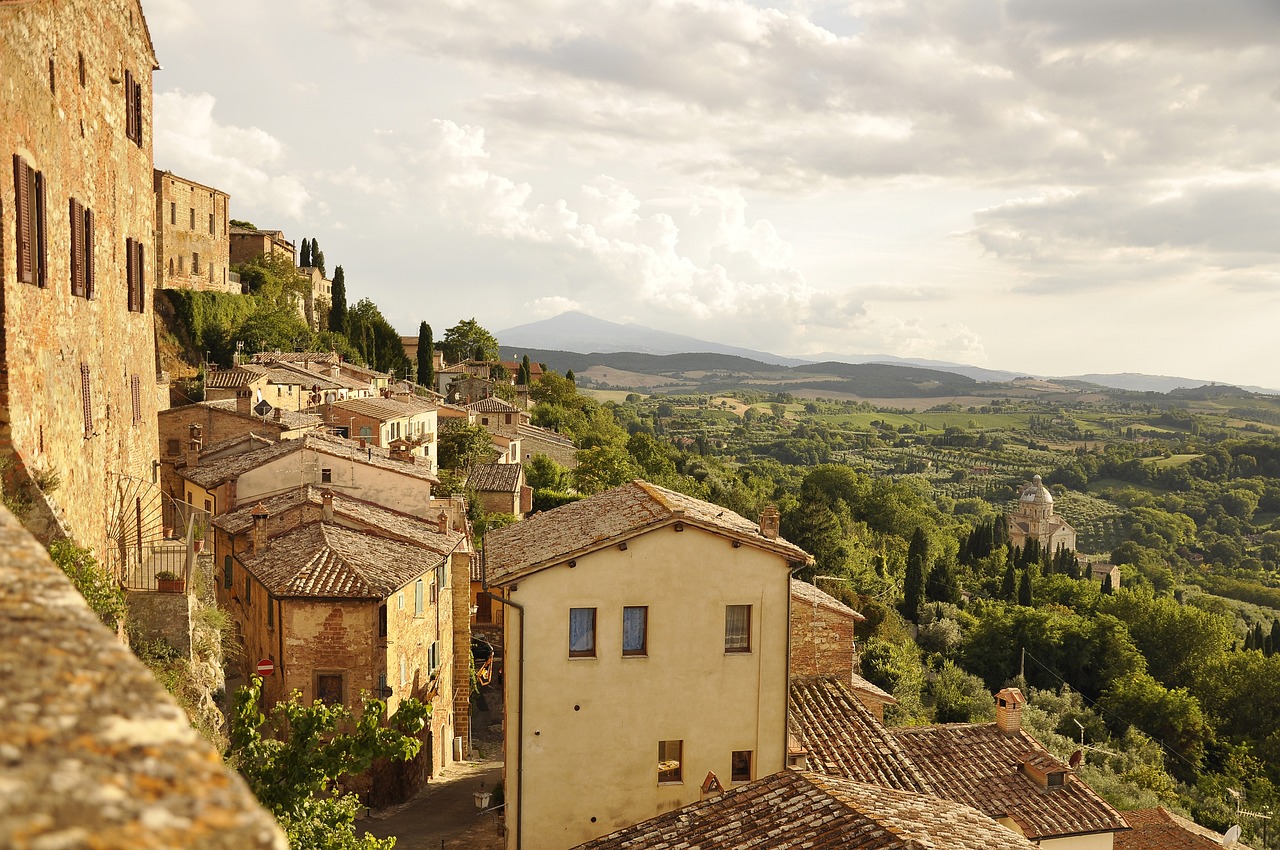
The noble families of Montepulciano—the Tarugis, Avignonesis, and Contuccis among others—built their grand Renaissance homes with purpose. While the elegant facades and ornate interiors displayed their wealth and artistic patronage, below their feet they created vast underground cellars for producing the town’s famous Vino Nobile. The Palazzo Ricci stands out with its impressive medieval wine cellar that feels more like a sacred space than a storage facility.
My favorite way to experience Montepulciano is through a tasting tour of these historic cellars. Walking through tunnels dug centuries ago, under spectacular brick vaults, I’m transported back in time. Some wine-producing families, like the Contuccis, have been making wine here for over 1,000 years—a living connection to Renaissance culture that you can actually taste.
The marriage of art and functionality in these spaces perfectly captures what makes Tuscany so special.
The Rich History of Montepulciano
Montepulciano stands as a testament to Tuscany’s remarkable past, with a story spanning thousands of years from ancient civilizations to Renaissance splendor. Walking through its winding streets, I can feel the weight of history in every stone and archway.
Etruscan Roots to Renaissance Glory
Montepulciano’s story begins long before Italy existed as we know it today. The Etruscans first settled this strategic hilltop around the 4th century BC, appreciating its defensive position and fertile lands.
When I explore the town’s oldest sections, I can still find traces of these ancient origins beneath later constructions. The Romans later took control, expanding trade routes and agriculture in the region.
The Middle Ages brought significant growth to Montepulciano. By the 14th century, the town had developed into an important center with impressive architecture. The magnificent Palazzo Comunale, designed in a style reminiscent of Florence’s Palazzo Vecchio, stands as a perfect example of this period’s grandeur.
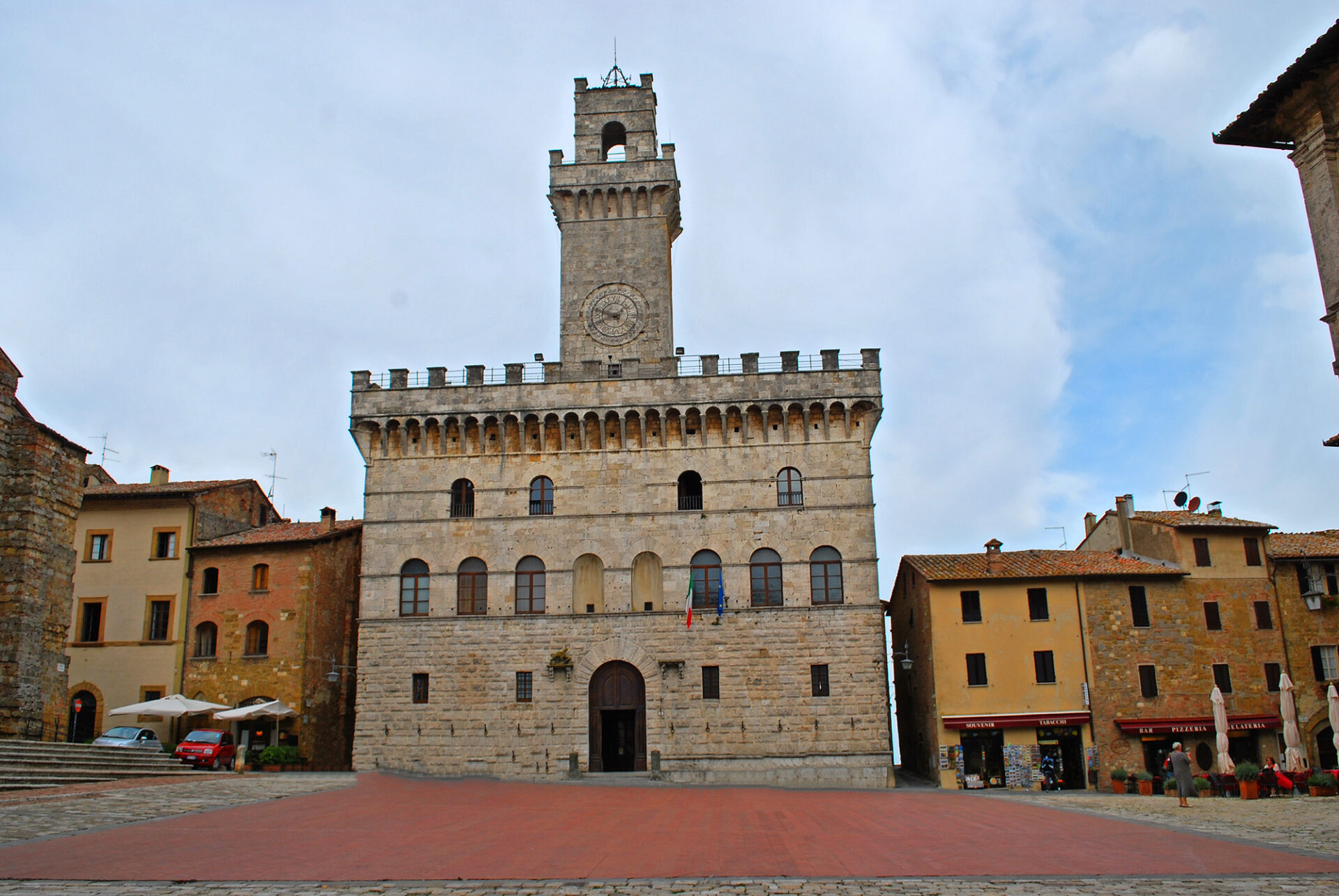
Image Source: Wikimedia Commons
Medici Influence and Noble Families
The powerful Medici family transformed Montepulciano during the Renaissance, leaving an indelible mark on the town’s appearance and culture. Under their patronage in the 15th and 16th centuries, the town flourished with new palaces and churches.
I’m always amazed by the numerous noble palaces that line the main street. Wealthy families like the Tarugi, Contucci, and Cervini commissioned renowned architects to design their homes, creating a showcase of Renaissance elegance.
These noble families didn’t just build above ground – they excavated extensive wine cellars beneath their palaces. These underground chambers, carved into the natural tuff stone, became perfect environments for aging the region’s famous wines.
The architectural heritage from this golden age remains remarkably intact today, giving visitors like me a chance to step back in time and experience Renaissance Tuscany firsthand.
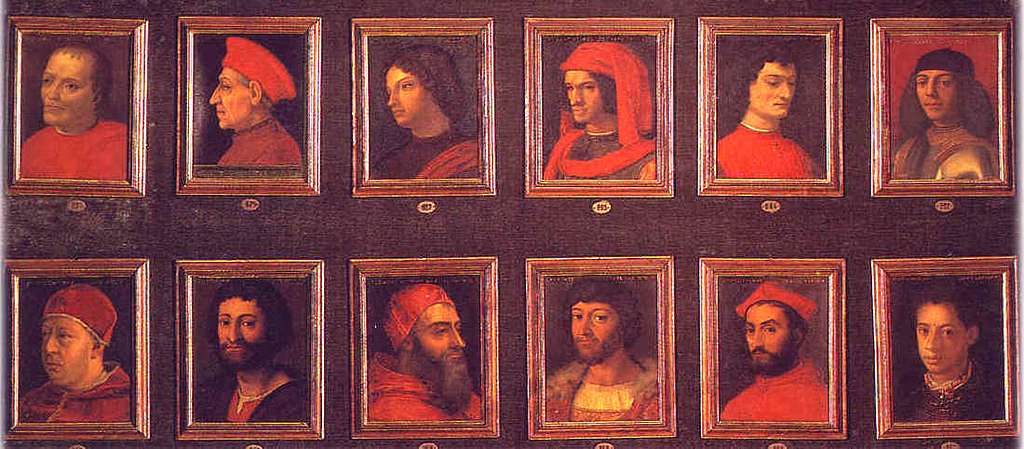
The Stunning Architecture of a Tuscan Jewel
Montepulciano stands as a testament to Renaissance brilliance, with its palaces, churches, and public buildings showcasing the artistic vision of 15th and 16th century masters. The town’s architectural landscape tells stories of wealth, power, and cultural refinement.
Palazzo Contucci and the Palazzo Comunale
When I walk through Montepulciano, I’m always struck by the grandeur of Palazzo Contucci. This noble residence sits majestically on the main square, with its wine cellars stretching deep beneath the structure.
The building’s elegant façade features precise stonework and balanced proportions that epitomize Renaissance ideals. I’ve spent hours admiring its symmetrical windows and graceful arches.
Nearby stands the impressive Palazzo Comunale, which reminds me of Florence’s Palazzo Vecchio with its tower and crenellated top. Designed to project authority, this government building showcases how architecture reinforced political power in Renaissance Italy.
The interior spaces connect to underground wine cellars through stone staircases, creating a unique fusion of architectural beauty and practical function.
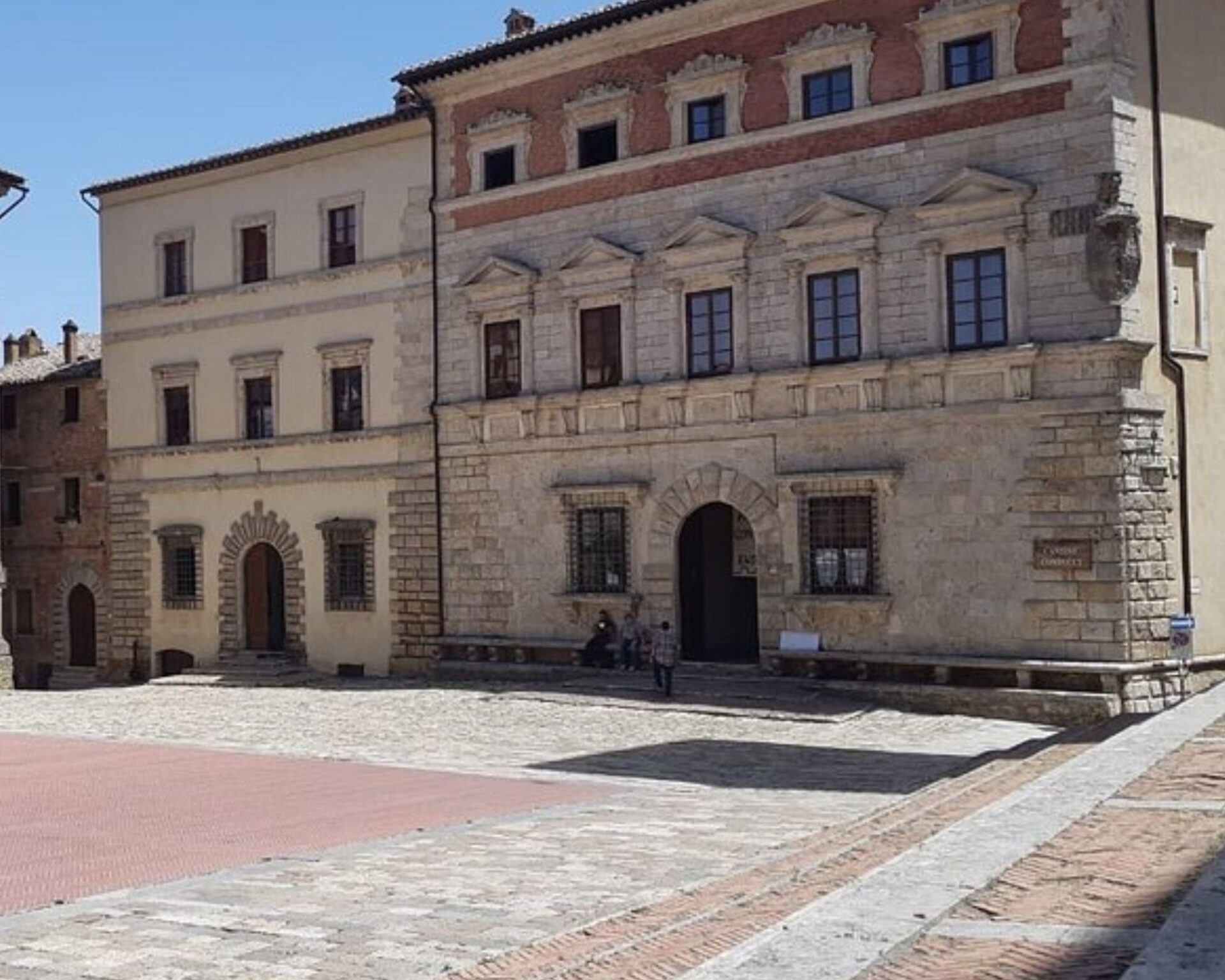
Image Source: Tripadvisor
San Biagio: A Masterpiece of Renaissance Architecture
Just outside the city walls, I found the church of San Biagio, a true masterpiece that takes my breath away each time I visit. Designed by Antonio da Sangallo the Elder, this temple represents perfect Renaissance harmony.
Its Greek cross plan and luminous travertine exterior make it stand out against the rolling Tuscan landscape. The central dome rises majestically, supported by four semi-circular apses.
What I find most remarkable is how the building seems to emerge organically from the hillside while maintaining perfect geometric precision. The church’s isolated position allows me to appreciate its proportions from every angle.
Inside, the soaring spaces create an atmosphere of spiritual elevation that perfectly balances mathematical precision with divine inspiration.
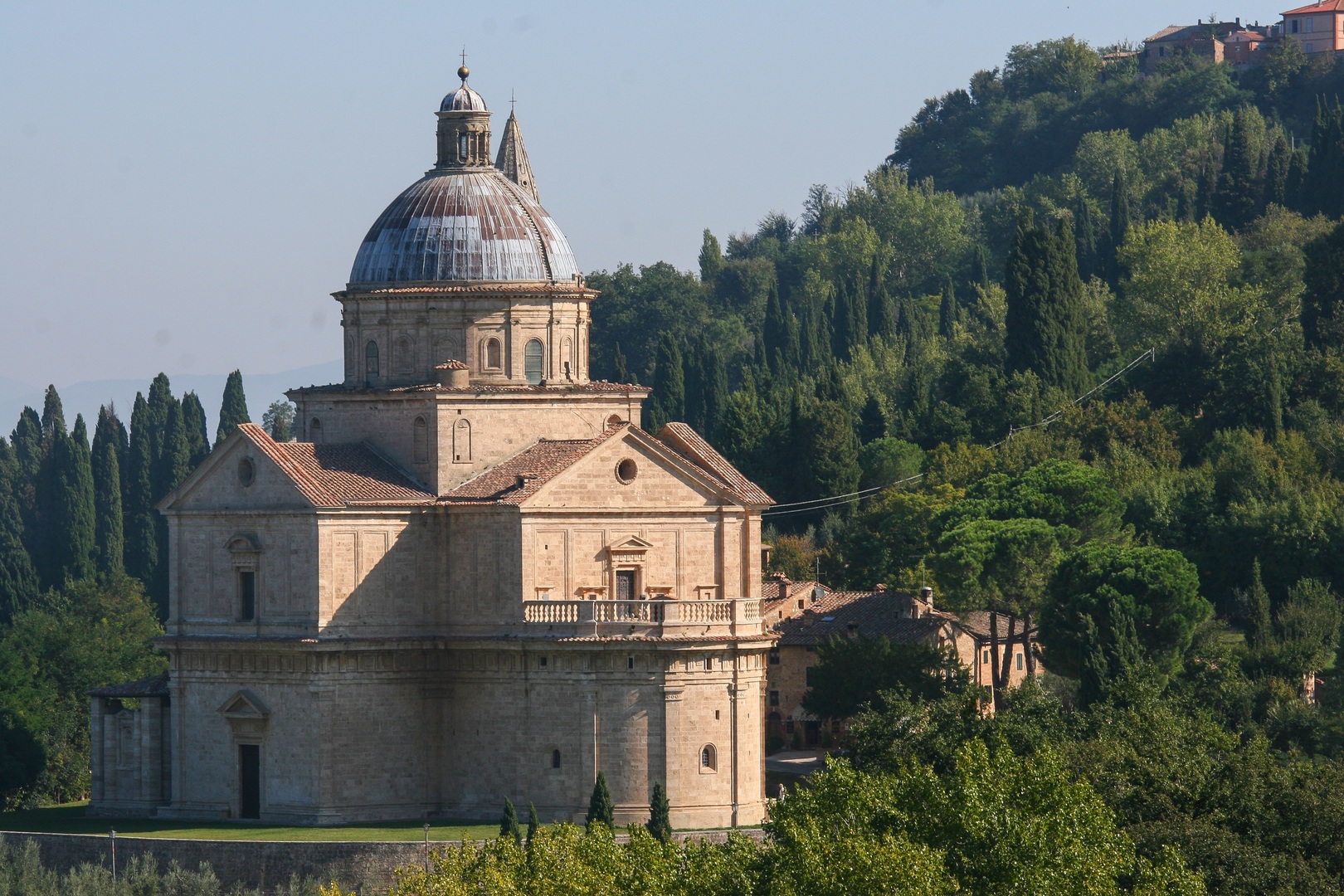
The Influence of Michelozzo and Antonio da Sangallo the Elder
Two master architects shaped Montepulciano’s remarkable skyline. Michelozzo, a student of Brunelleschi, brought Florentine elegance to buildings like Palazzo Buccelli with its distinctive rusticated ground floor and refined upper stories.
I can trace his influence in the town’s balanced façades and the harmonious relationship between solid walls and open spaces. His work established an architectural vocabulary that later buildings would follow.
Antonio da Sangallo the Elder expanded on these principles, adding his own distinctive touch. Beyond San Biagio, his designs like the Palazzo Tarugi showcase how Renaissance architecture balanced classical inspiration with practical needs.
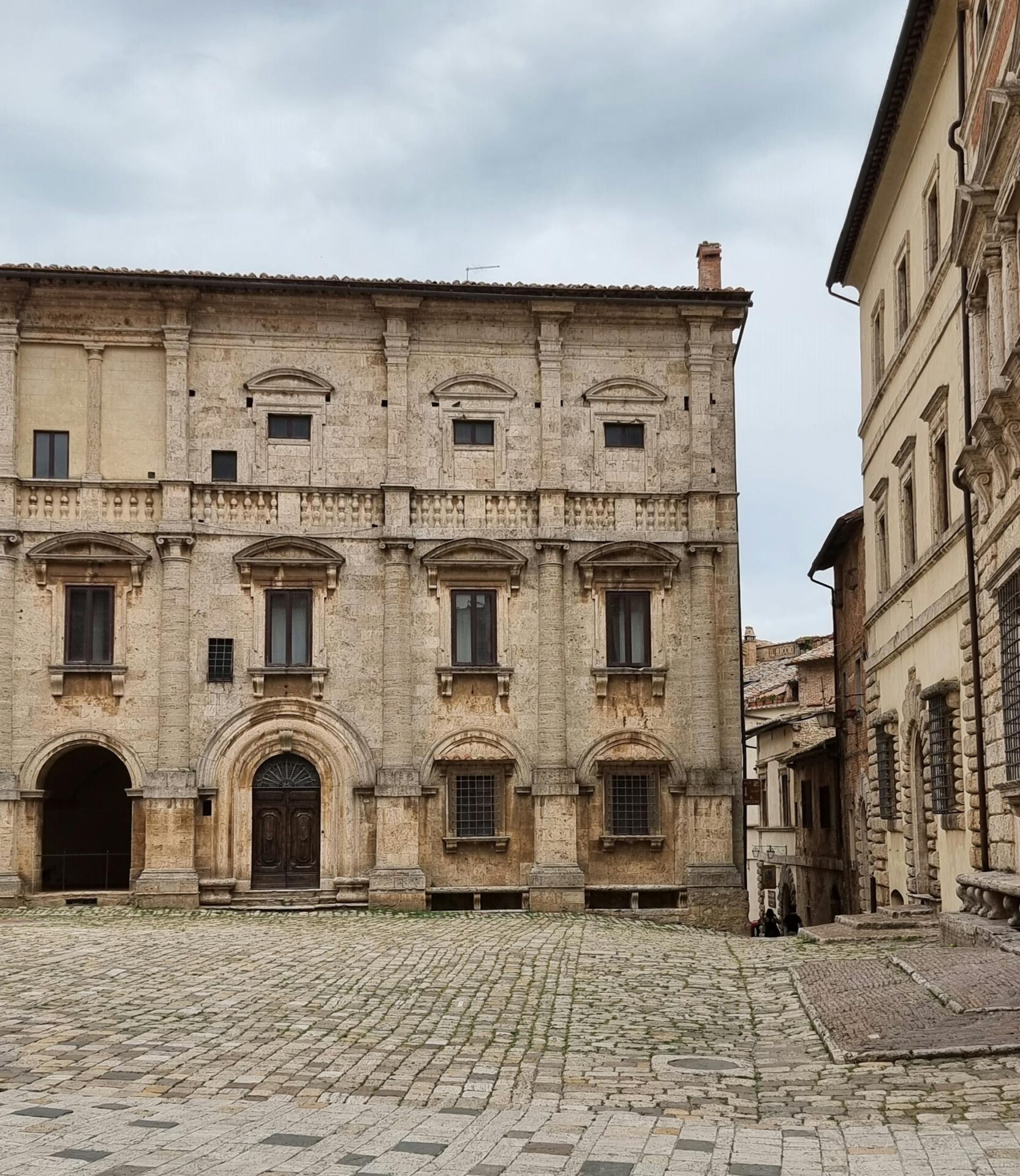
Beneath the Surface: Exploring Wine Cellars
Montepulciano hides a remarkable secret beneath its Renaissance palaces – a vast underground city dedicated to wine. These ancient cellars have been carved into the tuff rock, creating perfect natural conditions for aging the region’s famous wines.
The Vast Labyrinths of Aging Wine
Walking through the underground cellars of Montepulciano feels like stepping into another world. I was amazed by the extensive network of tunnels dug centuries ago, stretching beneath the historic center. The air is cool and slightly damp – ideal conditions for aging Vino Nobile di Montepulciano, the town’s celebrated DOCG wine.
Many cellars connect to form what locals call “the underground city.” During my visit, I discovered these spaces weren’t just functional but architectural marvels. Spectacular brick vaults arch overhead while massive oak barrels line the passages.
The natural temperature control of these tuff-carved chambers provides perfect conditions for the Sangiovese-based wines to develop their complex flavors. Some cellars extend three levels deep, with the oldest dating back to Etruscan times.
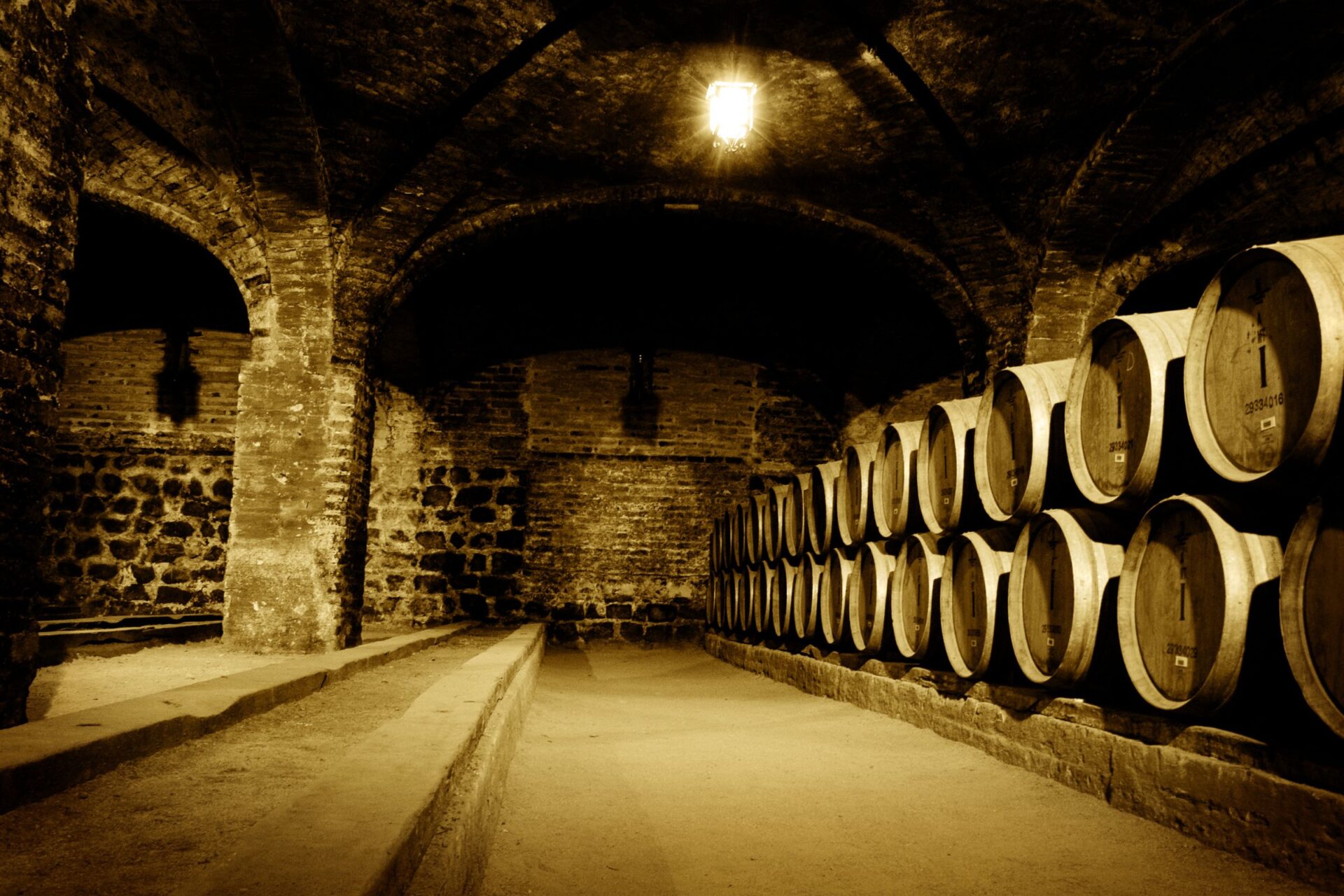
Tradition Meets Innovation in Vinification
While respecting ancient methods, Montepulciano’s winemakers embrace modern techniques to enhance their craft. The traditional approach of aging wine in large Slavonian oak casks remains central to producing Vino Nobile, which must age at least 24 months before release.
I found the contrast fascinating – centuries-old underground spaces housing both historic wooden barrels and state-of-the-art stainless steel tanks. This balance creates wines that honor tradition while meeting modern quality standards.
Many cellars offer wine tasting experiences that highlight this blend of old and new. I sampled wines directly from barrels in some locations, while others presented formal tastings of multiple vintages.
The dedication to quality is evident throughout the process – from careful selection of grapes to precise temperature control during fermentation and aging.

Montepulciano’s Oenophile Paradise
Montepulciano offers wine lovers an unforgettable experience with its legendary Vino Nobile and vibrant wine culture. The town’s underground cellars and wine-focused celebrations create a paradise for anyone passionate about Italian wines.
Vino Nobile: An Elixir of the Gods
Walking through Montepulciano, I’m constantly reminded why this town earned the nickname “D’Ogni Vino è il Re” (The King of All Wines). The crown jewel is undoubtedly Vino Nobile di Montepulciano, a DOCG-classified wine that rivals its famous Tuscan neighbors.
This ruby-red treasure is primarily made from Sangiovese grapes (locally called Prugnolo Gentile). After aging for at least two years in oak barrels tucked away in those magnificent underground cellars, it develops complex notes of cherry, plum, and spice.
I’ve spent countless afternoons exploring the town’s historic wine tasting rooms. Many are located directly above the production facilities, allowing visitors to experience both the winemaking process and the final product in one visit.
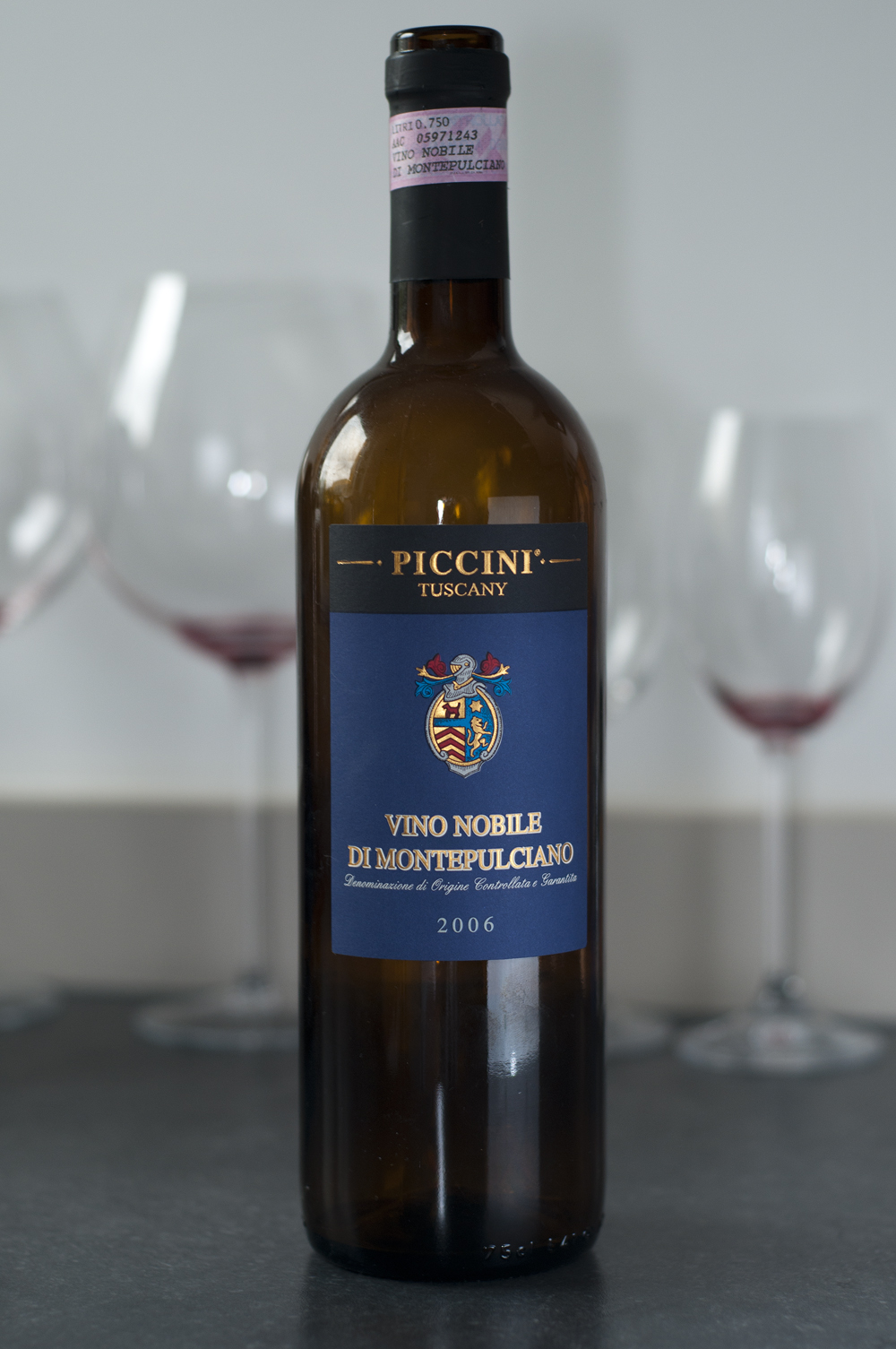
Image Source: Wikimedia Commons
Experiencing the Bravio delle Botti Festival
My favorite time to visit Montepulciano is during the Bravio delle Botti, usually held on the last Sunday of August. This exhilarating festival transforms the town into a medieval spectacle celebrating wine and local traditions.
Eight contrade (districts) compete by rolling massive 80kg wine barrels uphill through the steep, narrow streets. Teams of pushers train for months to master this grueling 1.8km course that ends dramatically in Piazza Grande.
The festival includes colorful parades with period costumes, flag throwers, and traditional music. Wine flows freely throughout the celebration, with special tastings of Nobile di Montepulciano available in pop-up stands around town.
I always recommend booking accommodations well in advance if you plan to attend. The energy is infectious as locals passionately support their districts while visitors enjoy this perfect blend of athletic competition and wine appreciation.
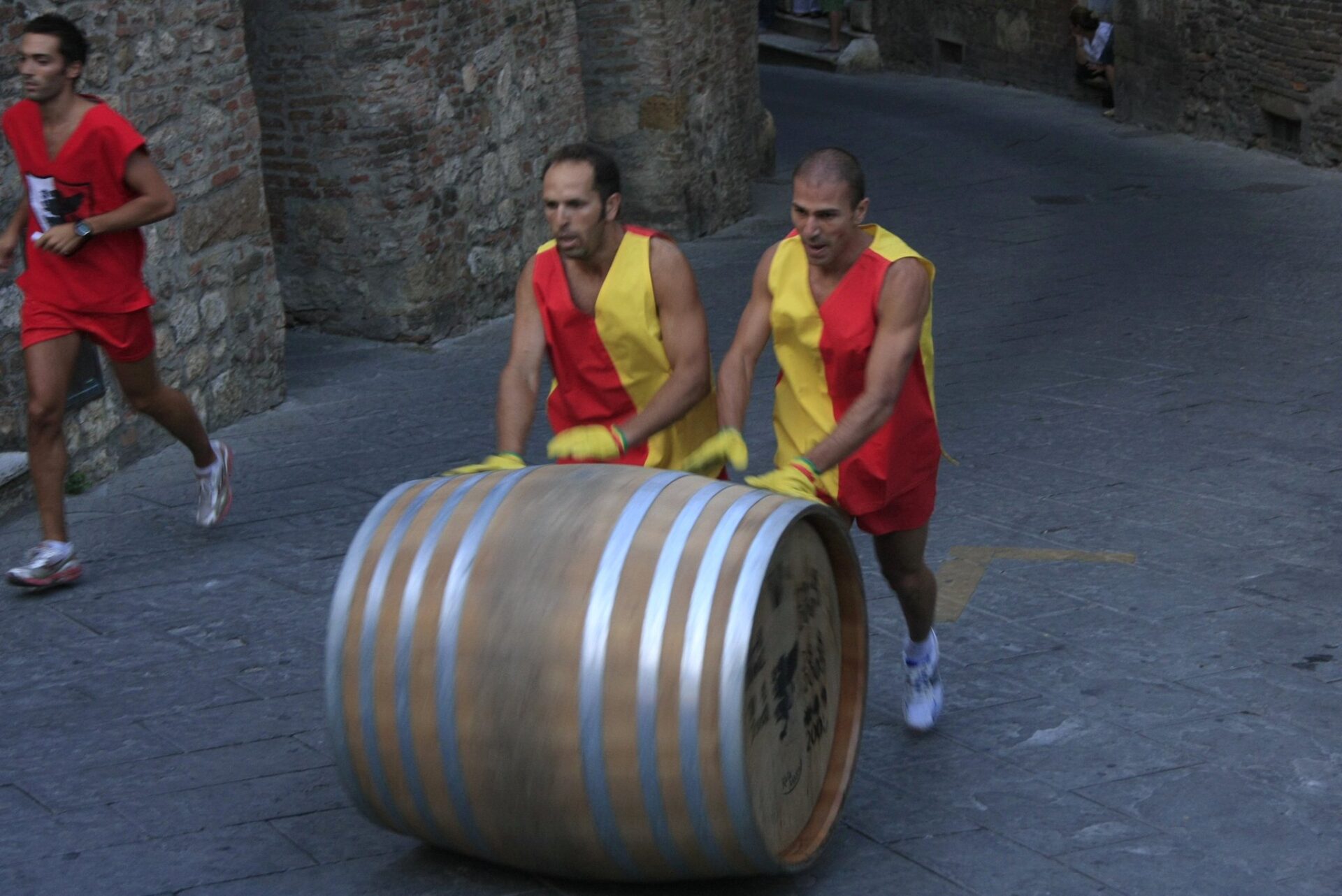
Image Source: Flickr
A Tourist’s Guide to Montepulciano
Montepulciano offers visitors a perfect blend of medieval charm, renaissance architecture, and world-class wine experiences. The hilltop town’s narrow streets and stunning vistas make it an essential stop on any Tuscan itinerary.
Curating the Perfect Day
I recommend starting your Montepulciano adventure at the majestic Piazza Grande. This central square is surrounded by elegant Renaissance palaces like Palazzo Ricci, offering a glimpse into the town’s noble past. After coffee at one of the charming cafés, take a leisurely stroll down the Corso, the main street that winds through town.
Don’t miss Palazzo Bucelli, famous for its unique façade decorated with Etruscan reliefs. The palace’s underground wine cellars are a highlight – actually, Montepulciano is known for having wine cellars beneath many historic buildings!
Around midday, I love visiting one of the wine bars to sample Vino Nobile di Montepulciano, the town’s famous red wine. Many offer small plates of local cheeses and cured meats that perfectly complement the wine.
For afternoon exploration, the charming squares and side streets offer delightful surprises. Many shops sell local products like olive oil and honey from nearby groves.
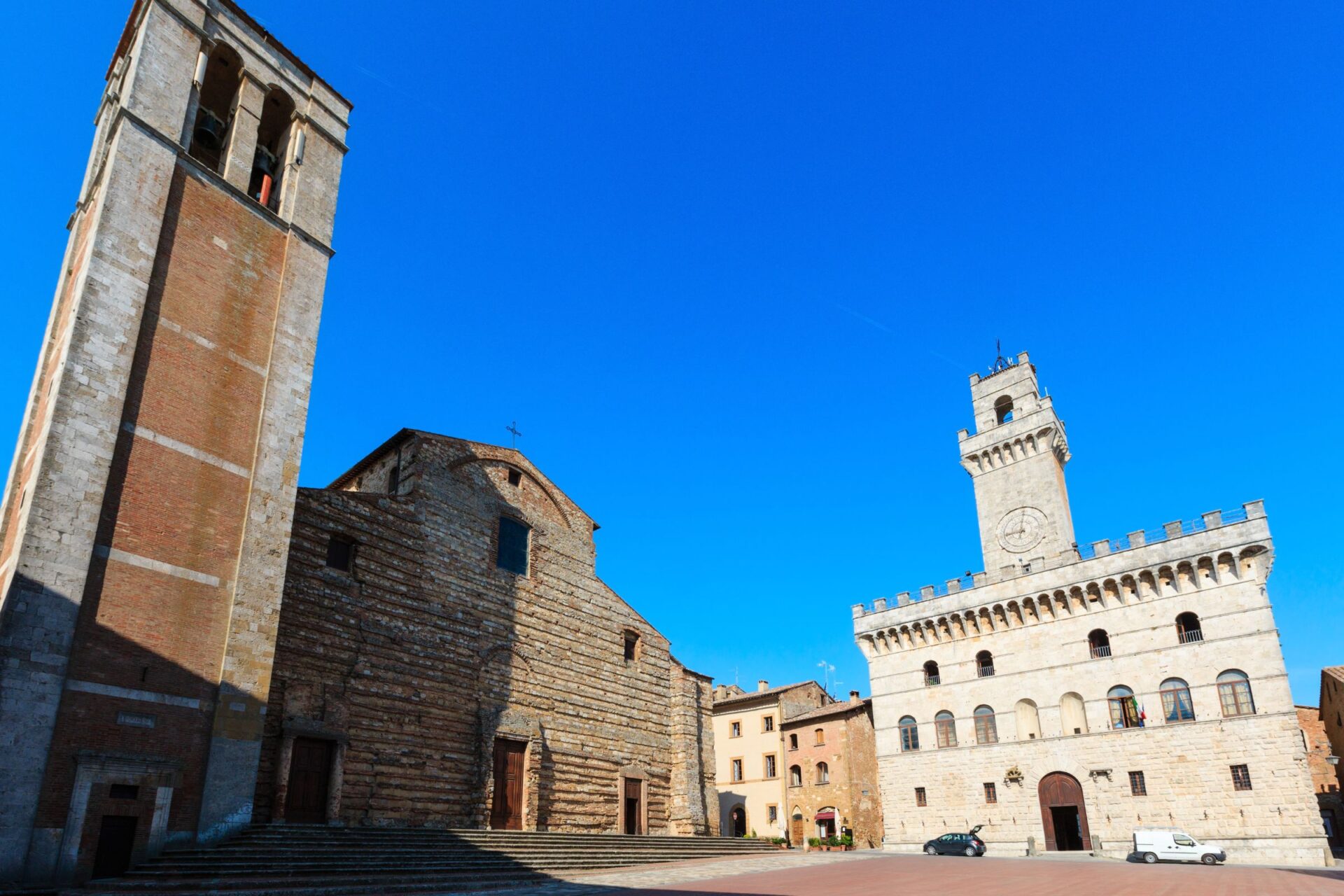
Navigating Montepulciano: Transports and Tips
Getting to Montepulciano requires some planning as there’s no train station in town. I typically rent a car to explore both the town and surrounding areas like Val d’Orcia, Cortona, and Siena. The Tuscan countryside views alone make driving worthwhile!
If you prefer public transport, buses connect Montepulciano to nearby towns.
Once there, comfortable shoes are essential. The town is built on a steep hill with cobblestone streets.
Best times to visit:
- Spring (April-May): Beautiful blooming countryside
- Fall (September-October): Wine harvest season
- Summer: Busiest but offers many festivals
I suggest setting aside at least one full day for Montepulciano itself, plus extra time for the surrounding wine region.
The town is small enough to explore on foot, and most attractions are within walking distance of the Corso.
Consider staying overnight to experience the magical atmosphere after day-trippers leave. The sunset views over Chianti hills are absolutely worth it!

